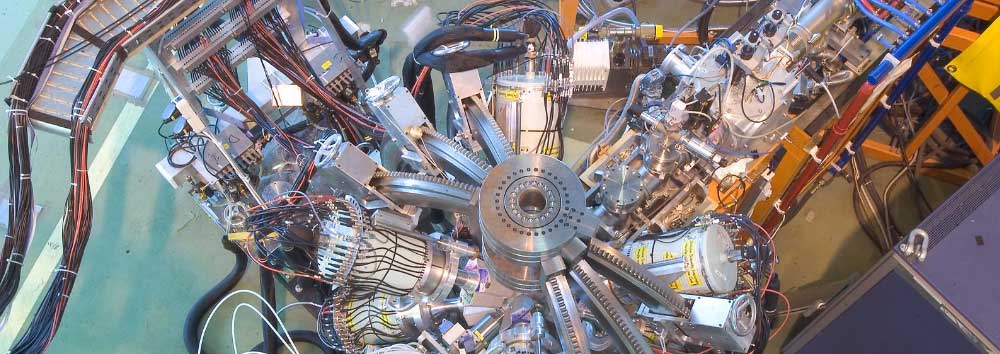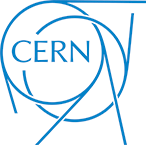Physicists are no magicians, but ask them about how protons and neutrons are arranged in atomic nuclei and you’ll be sure to hear the term magic. Just like electrons fill up a series of onion-like shells of different energy around an atomic nucleus, protons and neutrons are each thought to occupy a series of shells within the nucleus. In this nuclear shell model, nuclei in which protons or neutrons form complete shells, without any space left for more particles, are called magic because they are more stable than their nuclear neighbours. Nuclei with complete proton and neutron shells are termed doubly magic and are exceptionally stable.
In a study just published in Physical Review Letters, a team of researchers working for the MINIBALL and HIE-ISOLDE collaborations at CERN provide the first direct proof that the tin nucleus tin-132 (132Sn), which is considered to be doubly magic, does indeed merit this special status.
The result is the first to emerge from the recently commissioned HIE-ISOLDE accelerator, and shows that this accelerator is a key facility to unravel the inner workings of atomic nuclei.
About CERN
Founded in 1954, CERN is the European laboratory for particle physics. Sitting astride the Franco-Swiss border near Geneva, it was one of Europe’s first joint ventures and now has 22 member states. CERN operates a unique range of particle accelerators that enable research into the fundamental particles and laws of the Universe, including the Large Hadron Collider (LHC), the largest scientific instrument on Earth. The 60-year history of CERN is marked with impressive achievements in the construction and operation of powerful linear and circular accelerators. Moreover, CERN offers unique infrastructures for the development of the most sensitive particle detectors in the world, including the four main LHC detectors – ATLAS, CMS, ALICE and LHCb. General-purpose test beam lines provide beams of electrons, muons and hadrons in a very wide energy range for testing the detectors used in the LHC and in its major upgrade, the High-Luminosity LHC, as well as in future colliders and in neutrino experiments.



